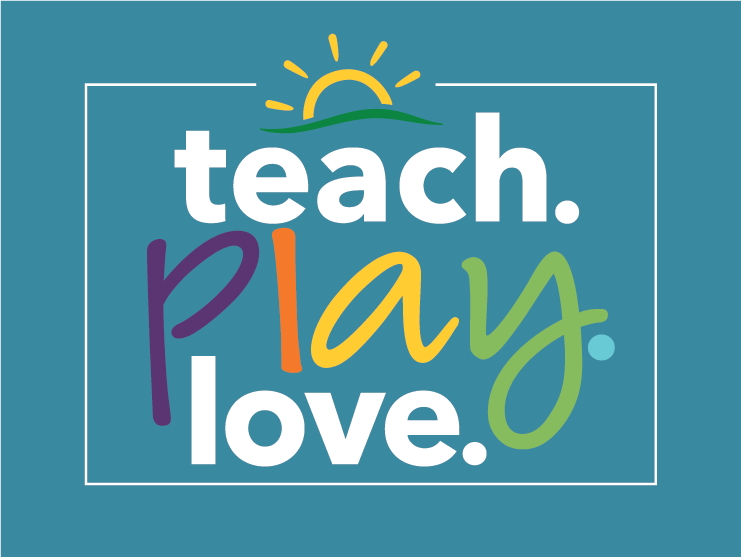Parenting is a rewarding journey that can be filled with emotional ups and downs. This guide delves into big emotions, equipping parents with practical strategies to navigate meltdowns, foster emotional regulation skills, and build a strong foundation for healthy emotional development.
How can I help my child with big emotions?
Resilience is key
Parenting is a marathon, demanding flexibility and perseverance. Missteps are inevitable, but they're also opportunities to learn and grow. Don't be afraid to seek support and take care of your own emotional needs.
Understanding the why behind the tears
Developing minds = developing emotions. Remember, children's brains are still maturing, and emotional regulation is a skill that takes time to master. They may struggle to understand or express their feelings effectively. Our patience and guidance become crucial in helping them build these skills.
When meltdowns erupt
When strong emotions surge, children can become overwhelmed, leading to meltdowns or defiance. They lack the coping mechanisms adults possess to manage these intense feelings. Instead of reacting impulsively, stay calm during the tantrum and consider their perspective and the emotions simmering beneath the surface.
Taking a deep breath (you and your child!)
It's natural to feel frustrated by your child's strong emotions. However, taking a moment to compose yourself before responding creates a safe space for them to process their feelings. Your composure sets the tone for the interaction.
Setting realistic expectations
Reflect on your emotional responses in similar situations. Are your expectations for your child's emotional regulation realistic? Remember, children often model the behavior they see in adults.
Equipping your child with emotional tools
Build a vocabulary of feelings; help your child identify and label their emotions. This empowers them to express themselves clearly and navigate their emotional landscape more effectively.
Strategies when navigating big emotions
While at home, use these practical tips to help your child navigate their feelings:
- Label and validate the feeling: When your child expresses big emotions, begin by acknowledging and labeling the feeling. For example, perhaps you asked your child to stop playing with their blocks and put on their pajamas, and you are met with a very loud “NO! I don’t want to put on my pajamas!” You can respond by saying, “I hear you yelling, I think you’re feeling angry that it’s time to go to bed. I like playing with blocks, too.”
- Model calm: Remember that your child will take cues from you during an emotional moment. Remaining calm will help your child regain a sense of calm, too.
- Hold your boundary and offer solutions: Use these moments as an opportunity to have empathy for your child’s big feelings, and reinforce the limits you set while helping your child problem-solve. “We’re all done with blocks now. It’s OK to feel disappointed about that. What can we do to get upstairs to start bedtime? I know, maybe tonight you can pick out your own pajamas!”
Big emotions are a normal part of childhood development. Patience, understanding, and emotional regulation are key to navigating these emotions. Remember to consistently communicate before, during, and after a meltdown. Parenting is a journey with ups and downs, so give yourself grace. With these tools, you can weather any storm.
Listen to our podcast episode on helping children with big emotions as our hosts discuss how you can support your children through those big emotional moments in life.





